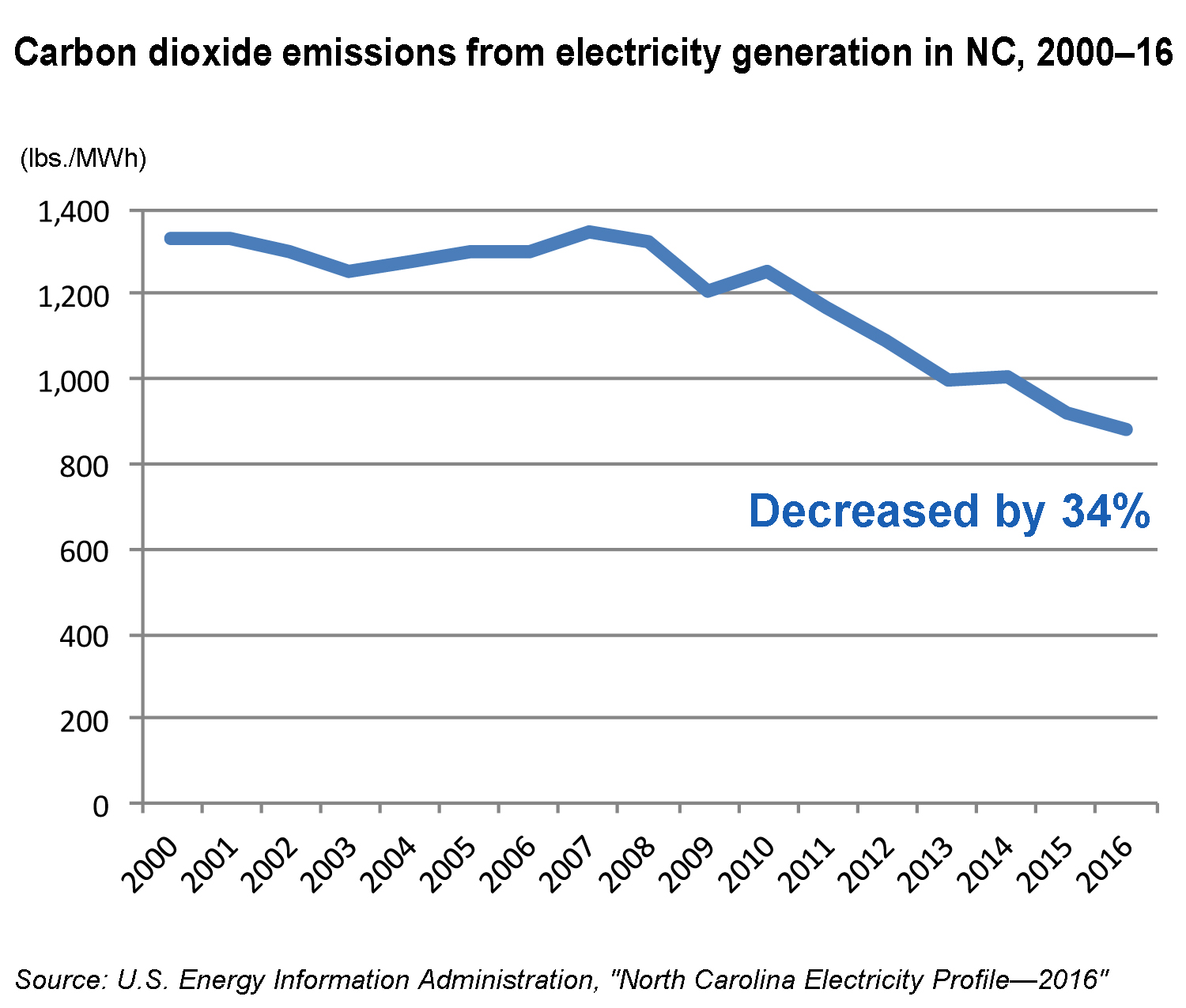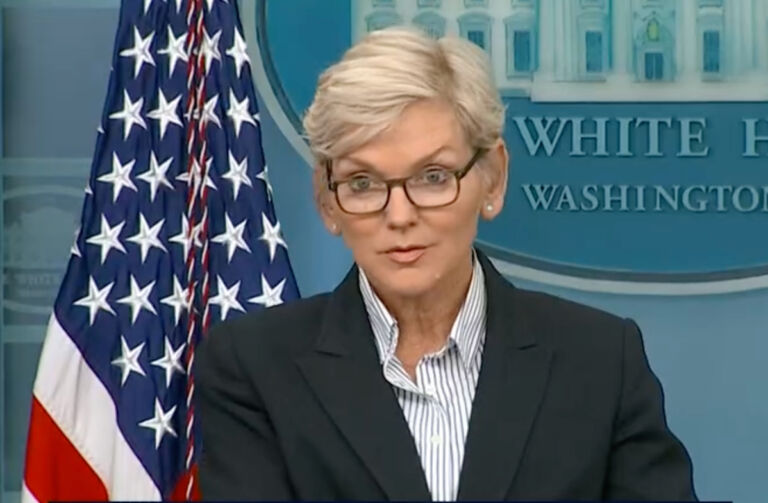How can a bank in Ohio claim to be 100 percent powered by solar energy from North Carolina? They’re not actually getting that power from North Carolina. They’re not closed on rainy days, they don’t have limited hours during the winter, and and they’re not shut down at night. They don’t have dedicated employees ready to “man the bikes” in case a cloud passes over Hertford County.
So what gives? Don Carrington explains in Carolina Journal:
Ohio-based Fifth Third Bank claimed in a March press release it’s the “first Fortune 500 company and first bank to contract for 100 percent renewable power through a single new project.” The project is a $200-million, 80-megawatt solar facility slated for a 1,600-acre site in Hertford County.
But when questioned by Carolina Journal about the claim, a company official acknowledged the solar facility wouldn’t power any of the bank’s 1,200 locations in 10 states, including North Carolina. Director of Sustainability Scott Hassell said the company will “continue to consume electricity as we always have.”
Fifth Third’s claims rest on the concept that a megawatt hour of renewable solar electricity generated in rural North Carolina can offset a megawatt hour produced by traditional utilities — from coal, nuclear, natural gas, or other sources — and used at one of the bank’s locations.
It is a calculated deception that renewable energy advocates go along with, I suppose because they find it a politically useful deception. The more people think society at large can actually be powered by “100 percent” renewable energy — i.e., the more people think electricity provision comes down to basically “unplugging” from traditional energy sources and “plugging in” to renewable sources — the more political pressure they’ll bring on lawmakers to force that impossibility.
Why political pressure? Because as consumers we have no choice in who gives us electricity and from what sources. Renewable energy advocates know it and leverage that to its fullest. They’ve made no secret of the fact that their industry cannot stand without all the government aid it can get.
OK, but what do you mean by impossibility? Because it’s an inescapable fact (and the art of managing electric utilities) that electricity is consumed the moment it’s produced. It can’t be stockpiled in the down times for consumption later. Solar energy is only viable a few hours per day, when it’s a sunny day, and wind energy is only viable when it’s sufficiently windy — and neither of them tend to be working at their best at the times when people tend to require the most electricity.
As Jordan McGillis of the Institute for Energy Research told Carolina Journal,
Unless a business is disconnected from the electricity grid, it will continue to benefit from the undifferentiated electricity supplied in its region. Fifth Third’s purchase agreement does not mean it will exclusively use solar power — and if it did, that would be very bad news. Solar energy is an intermittent source that requires standbys like natural gas and coal to back it up when the sun doesn’t shine. By claiming ‘100 percent renewable’ status, Fifth Third seeks the social benefits of ‘going green’ while it continues to reap the material benefits of reliable electricity.”
Requiring standbys from traditional energy sources actually makes solar and wind the most expensive electricity sources to use to cut emissions. The least expensive are natural gas and nuclear.
Meanwhile, thanks to market forces, especially lower-priced natural gas from the hydraulic fracturing revolution, North Carolina and the United States have been “going green” all century — cutting emissions faster than anywhere else in the world.



